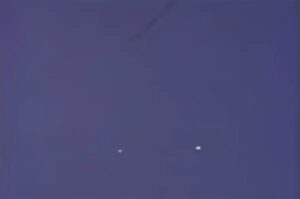Easter Island, also known as Rapa Nui, is a remote island located in the southeastern Pacific Ocean, approximately 3,500 kilometers west of Chile. This small island, measuring only 15 miles long and 7 miles wide, is famous for its mysterious giant statues, known as moai, that dot the landscape. The island’s unique history, culture, and natural beauty make it a popular destination for travelers seeking adventure and intrigue.
The island was first settled by Polynesians around 300 AD, who created a unique civilization that lasted for over a thousand years. The Rapa Nui people, as they were known, built impressive stone structures, including the moai, which are believed to represent their ancestors and gods. The moai, which are carved from volcanic rock, can reach up to 33 feet in height and weigh over 75 tons. There are more than 800 moai on the island, many of which are still standing today.
The Rapa Nui people also developed a complex social and political system, with chiefs and clans competing for power and resources. However, by the 17th century, the island was facing ecological and social collapse, with deforestation, soil erosion, and overpopulation leading to food shortages and conflicts. The arrival of Europeans in the 18th century further disrupted the island’s society, as diseases and slave raiding took a toll on the population.

Today, Easter Island is a UNESCO World Heritage Site and a protected natural area, managed by the Chilean government. Visitors can explore the island’s unique history and culture at various archaeological sites, including the Rano Raraku quarry, where the moai were carved, and the Ahu Tongariki, the largest platform on the island. Visitors can also learn about the Rapa Nui people at the Museo Antropológico Padre Sebastián Englert, which houses artifacts and exhibits on the island’s history, culture, and ecology.
In addition to its cultural attractions, Easter Island is also known for its stunning natural beauty. The island is home to volcanic craters, sandy beaches, and clear waters, making it a popular destination for swimming, snorkeling, and scuba diving. Visitors can also hike or bike along the island’s scenic trails, taking in the breathtaking landscapes and wildlife.
Despite its remote location, Easter Island has become a popular destination for travelers seeking adventure and exploration. Whether you are interested in history, culture, or nature, this unique island has something to offer for everyone. A visit to Easter Island is sure to be an unforgettable experience, filled with mystery, wonder, and discovery.










